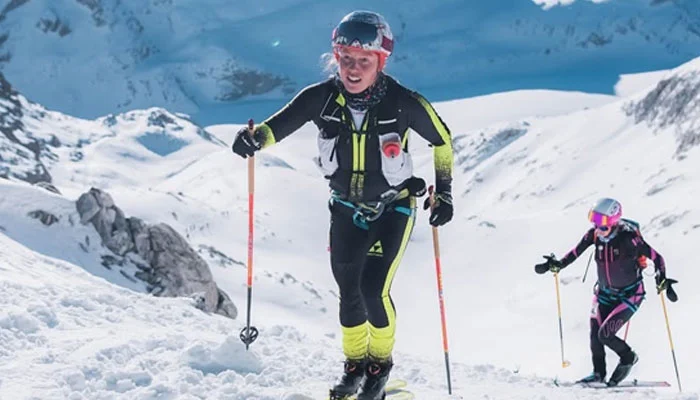Eyewitness accounts from the remote Hushe Valley suggest German Olympian Dahlmeier injured after a landslide struck a mountaineering party in Pakistan’s Gilgit‑Baltistan. Local officials say villagers pulled the double Olympic biathlon champion from debris and moved her away from the slide zone while a companion, identified as Kraus Marina Eva, remained trapped.
With the weather closing in, helicopters struggled to reach the site, a familiar challenge in this rugged corner of the Karakoram, as authorities coordinated with the Pakistan Army to push the rescue forward. German outlets, citing management and regional spokespeople, relayed that air searches have so far proved inconclusive, intensifying concern at high altitude.
German Olympian Dahlmeier injured: What we know from the valley?
The incident reportedly unfolded during a routine approach through the Hushe corridor, a gateway to some of the world’s tallest peaks. Communication is patchy at the best of times here; after a landslide, it becomes a race against silence. A spokesperson for Gilgit‑Baltistan noted that locals were first on scene, ferrying Dahlmeier to safer ground while calling for outside help.
Meanwhile, a reconnaissance overflight the following day was said to have found no clear signs of life in the slide area, a grim data point that remains unconfirmed on the ground and underscores how difficult it is to read terrain churned by fresh rock and mud.
Dahlmeier retired from biathlon in 2019 at just 25, a year after an historic Olympic sprint‑and‑pursuit double. Her transition to alpine pursuits reflected the same grit that defined her racing career; friends often describe a measured athlete who respects the mountain as much as the stopwatch.
Monsoon, terrain and time: the rescue equation
This season’s monsoon has hammered Pakistan’s north, triggering floods and slope failures that have already claimed hundreds of lives nationwide, according to disaster‑management tallies. In narrow valleys, that means two things: roads vanish and air windows shrink.
Rescuers must thread brief breaks in cloud while navigating unstable ridgelines and torrent‑cut tracks. For families and fans watching from afar, the lack of real‑time updates is not misinformation, it’s geography.
Authorities say the operation remains active, with ground teams edging upslope as weather allows. The focus is on reaching any remaining survivors, stabilizing the area, and extracting safely. Until then, patience is part of the rescue toolkit.





